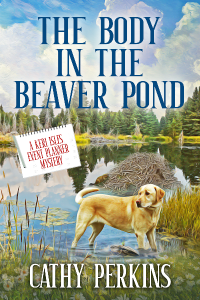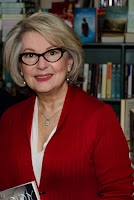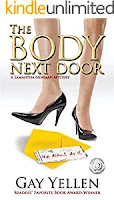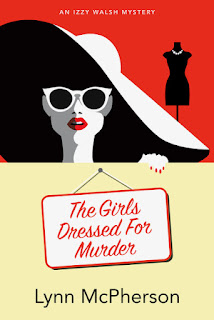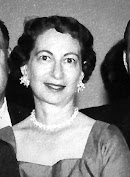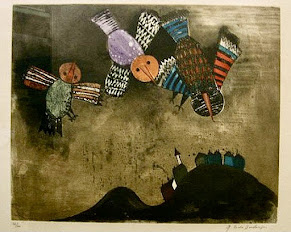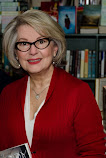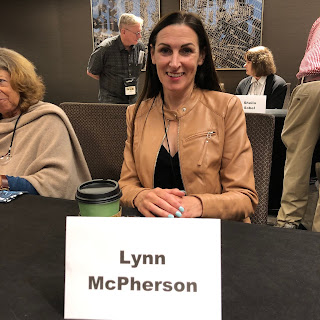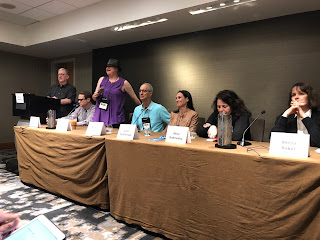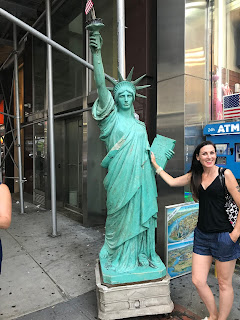How Cozy!
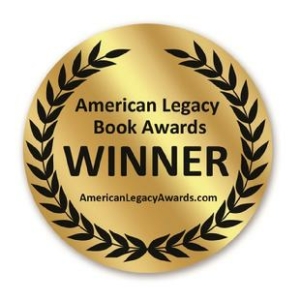 First, a happy piece of news!
First, a happy piece of news!
The Body Next Door has just won GOLD in the 2024 American Legacy Book Awards. I am honored and happy for the recognition, the fifth one for this, my second book in the Samantha Newman Mystery Series. I’m also amazed and amused. Here’s why:
Flashback to 2014:
I’d helped someone else write a successful thriller, and just finished the first book that was all mine. I wrote it as a thriller as well: fast-moving and tense, bad guys revealed from the beginning, there’s a bomb, and good people might die.
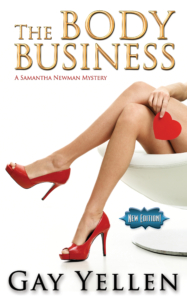 But the publisher who loved it marketed The Body Business as a Romantic Suspense novel, not a thriller.
But the publisher who loved it marketed The Body Business as a Romantic Suspense novel, not a thriller.
Then I wrote a sequel, The Body Next Door. When it was released in 2016 (the recent American Legacy prize is for backlisted books), many readers and reviewers called it a Cozy. The first prize it won back then was a Chanticleer Mystery & Mayhem award, which, as I later discovered, is given for cozies like Agatha Christie classics. I was pleased, but confused.
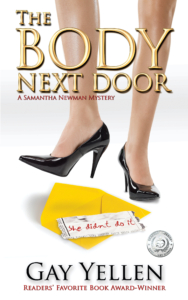 So, what makes my book a cozy?
So, what makes my book a cozy?
Cozies are very popular entertainment, but when I studied the genre more than a decade ago, I encountered a slew of rabid rule-keepers that strictly defined what made a book a cozy and, especially, what must never happen in one: graphic sex, cursing, and bloody violence. Not wanting to incur the wrath of the cozy police in the form of angry reviews, I laid low.
While there’s no graphic sex in my books, the bad guys in the first book do some pretty unsavory things. Also, cozies are usually set in small towns, while my series is set in a big metropolitan area. It’s common for a cozy protagonist to own a cat or other sentient pet (Samantha has none) and to manage a small business, preferably a cozy store or restaurant. Neither element is present in my books.
And yet, to my amazement and amusement, The Body Next Door has won a Best Cozy award again. Now I’m wondering if the series should be described as Cozy.
The rules seem to have loosened in recent years. Are cozy readers more forgiving?
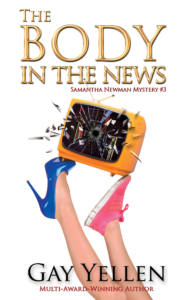 Which brings me to Book 3, The Body in the News, which was recently released. It follows the continuing saga of Samantha Newman, who must solve yet another murder while still struggling to find her true calling. The story features the main characters and settings from the beginning of the series and adds a few colorful new ones, too.
Which brings me to Book 3, The Body in the News, which was recently released. It follows the continuing saga of Samantha Newman, who must solve yet another murder while still struggling to find her true calling. The story features the main characters and settings from the beginning of the series and adds a few colorful new ones, too.
I’m still wary of calling the book anything except a Romantic Mystery. Full of suspense, with interesting characters and a dollop of humor, whichever way someone wants to classify my books is just fine with me, as long as they have been entertained.
Do you look for certain genres to enjoy, or are you an omivourous reader?
Please comment below!
Gay Yellen is a former magazine editor and national journalism award winner. She was the contributing book editor for Five Minutes to Midnight (Delacorte), an international thriller and New York Times Notable. Her award-winning Samantha Newman Mystery Series includes The Body Business, The Body Next Door, and The Body in the News.
Gay loves to connect with book clubs and community groups in person and online. Contact her through her website, GayYellen.com.


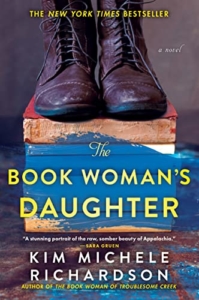
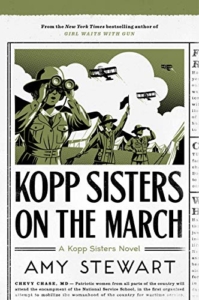 Not every book I read is worth mentioning. Several fell way short of expectations. However, there were two books that I thoroughly enjoyed:
Not every book I read is worth mentioning. Several fell way short of expectations. However, there were two books that I thoroughly enjoyed: 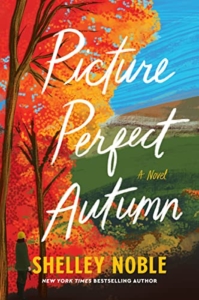 One of the perks of being a published author is getting to read some books before they hit bookstore shelves. I had the absolute pleasure of losing myself in advance reading copies of two books that I highly recommend. If you enjoy women’s fiction, you won’t want to miss the recently released
One of the perks of being a published author is getting to read some books before they hit bookstore shelves. I had the absolute pleasure of losing myself in advance reading copies of two books that I highly recommend. If you enjoy women’s fiction, you won’t want to miss the recently released 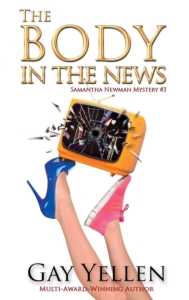 If romantic amateur sleuth mysteries are more your speed, you’ll want to read
If romantic amateur sleuth mysteries are more your speed, you’ll want to read 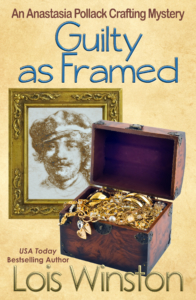
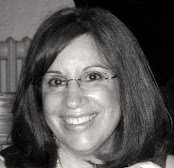 USA Today and Amazon bestselling and award-winning author Lois Winston writes mystery, romance, romantic suspense, chick lit, women’s fiction, children’s chapter books, and nonfiction under her own name and her Emma Carlyle pen name. Kirkus Reviews dubbed her critically acclaimed Anastasia Pollack Crafting Mystery series, “North Jersey’s more mature answer to Stephanie Plum.” In addition, Lois is a former literary agent and an award-winning craft and needlework designer who often draws much of her source material for both her characters and plots from her experiences in the crafts industry. Learn more about Lois and her books at her website
USA Today and Amazon bestselling and award-winning author Lois Winston writes mystery, romance, romantic suspense, chick lit, women’s fiction, children’s chapter books, and nonfiction under her own name and her Emma Carlyle pen name. Kirkus Reviews dubbed her critically acclaimed Anastasia Pollack Crafting Mystery series, “North Jersey’s more mature answer to Stephanie Plum.” In addition, Lois is a former literary agent and an award-winning craft and needlework designer who often draws much of her source material for both her characters and plots from her experiences in the crafts industry. Learn more about Lois and her books at her website 
